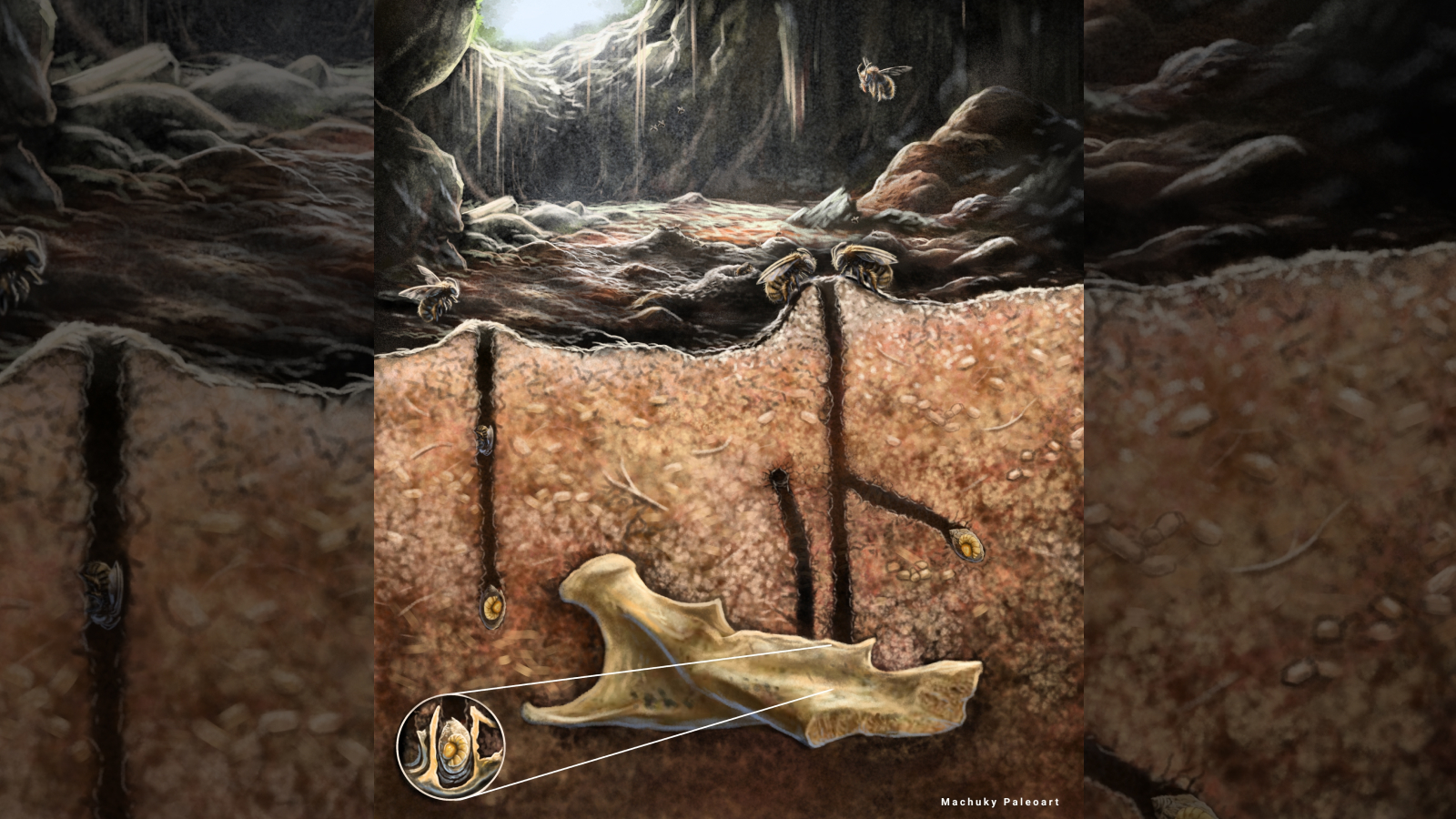What's Behind the Fear of Flying
Fear of flying is no joke. The sweaty palms and racing heart can be so intense that some travelers simply refuse to board airplanes.
And news of accidents, such as the presumable crash of Air France Flight 447 over the Atlantic Ocean on Sunday, have restimulated this fear in a lot of otherwise rational people who know that driving a car is statistically far riskier.
People who fear flying hear about air travel mishaps and disasters, and their worries start to take over.
"They don't pay attention to other statistics," said Barbara Rothbaum, professor in psychiatry and director of the Trauma and Anxiety Recovery Program at Emory University School of Medicine. Millions of people fly safely every day, and yet those who fear flying look at something like that accident as confirmation of their phobia, Rothbaum said. "They're exaggerating the probability of danger." In fact, all phobias, including weather phobia and fear of heights, involve such strong, irrational fears.
"Flying is actually one of the safer things we do probability-wise," Rothbaum said. And research is showing that flying has only gotten safer in recent years.
In fact, the lifetime odds of dying in an air travel accident are 1-in-20,000 compared with 1-in-100 for an auto accident and 1-in-5 from heart disease (based on 2001 statistics).
Flight factors
Get the world’s most fascinating discoveries delivered straight to your inbox.
About 25 million people in the United States suffer from some form of flying fear, ranging from a little anxiety to mega fears (called aviophobia) that keep a person off airplanes at any cost, according to Rothbaum.
About half of the 25 million are afraid of plane crashes, she said, with the other half being claustrophobic and risking a panic attack when scrunched into a plane cabin.
Even experiencing safe flights might not calm flight fears. "People can get very superstitious about their fears," Rothbaum told LiveScience.
She recalls patients who report not getting onto a flight because they thought they had a premonition that something bad was going to happen. Even if they were to find out that flight arrived safely at the destination, Rothbaum said such patients use their unsupported premonition to solidify their anxieties.
"I try to explain it wasn't a premonition; it was anticipatory anxiety," Rothbaum said.
Those who actually board the plane and land safely at their destination might view the experience as an anomaly in an otherwise risky situation.
"When they get off of an airplane it looks like they want to kiss the ground, like they just narrowly escaped losing their life," Rothbaum said
Fly the friendly skies
If fearful flyers must take wing, they often extinguish their fears with sedatives or alcohol, Rothbaum said. Some of her patients have scheduled a business flight a day early so they have time to recover from such self-medicating before work begins.
However, treatment for flight fears, sans a drunken stupor, is available and successful.
Rothbaum and her colleagues have studied virtual reality therapy with much success even after just eight weekly sessions. Participants would learn to evaluate their situation logically rather than emotionally and if they felt a panic attack coming to practice relaxation methods such as breathing techniques. Then, a fearful flyer would board a plane in the virtual world and practice these techniques. The virtual experience could be catered to the patient's needs. So for some the flight could be a turbulent one and for others a calm-weather experience.
In general, Rothbaum said, if a person's fear of flying interferes with life, keeping one from attending a wedding or accepting a job promotion, it would be wise to enter some form of cognitive-behavioral therapy.
More information about treatment for phobias, such as the fear of flying, can be found here.
Jeanna Bryner is managing editor of Scientific American. Previously she was editor in chief of Live Science and, prior to that, an editor at Scholastic's Science World magazine. Bryner has an English degree from Salisbury University, a master's degree in biogeochemistry and environmental sciences from the University of Maryland and a graduate science journalism degree from New York University. She has worked as a biologist in Florida, where she monitored wetlands and did field surveys for endangered species, including the gorgeous Florida Scrub Jay. She also received an ocean sciences journalism fellowship from the Woods Hole Oceanographic Institution. She is a firm believer that science is for everyone and that just about everything can be viewed through the lens of science.


